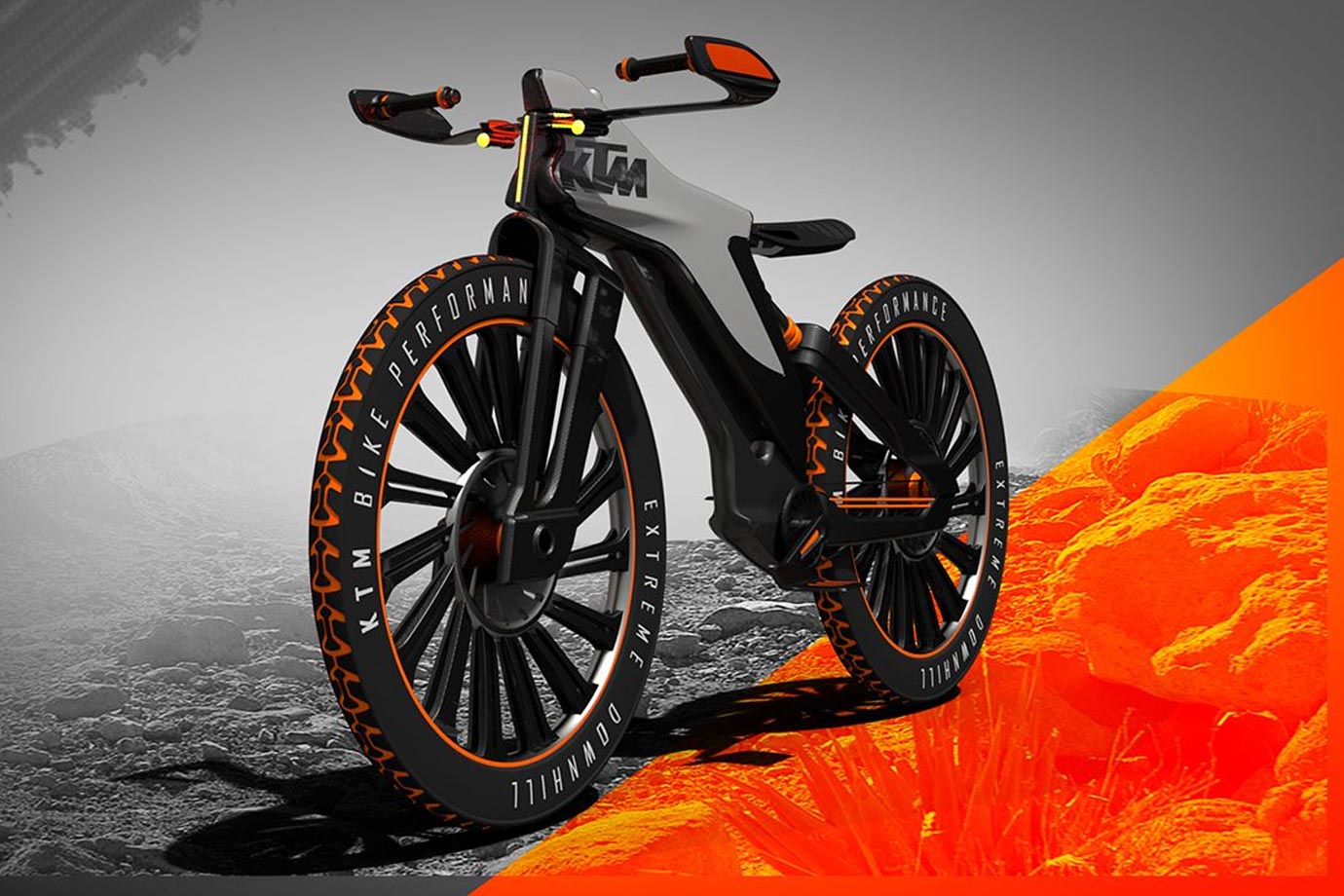Bike handling skills separate confident cyclists from those who struggle in technical situations. Cornering, descending, and handling rough surfaces require specific techniques.
Quick Answer: Look through corners, not at the ground directly ahead. Keep outside pedal down with weight pressing through it. Lean the bike more than your body for tight corners. Practice in safe environments before attempting at speed.
Cornering Fundamentals
Your bike follows your eyes. Look through the corner at where you want to exit, not at obstacles or the edge of the road. Your body naturally steers toward wherever your eyes focus.
Proper Cornering Technique
- Brake before the corner, not during
- Outside pedal down, inside pedal up
- Weight through outside foot and inside hand
- Lean bike into corner while keeping body more upright
- Look through corner to exit point
Descending Skills
Fast descending requires confidence and proper bike position. Move rearward on saddle to shift weight over rear wheel. Lower your chest toward handlebars to reduce wind resistance and lower center of gravity.
Brake before corners, then release brakes through the turn. Feather brakes lightly on straight sections to control speed. Use both brakes together—front brake provides 70% of stopping power but rear brake helps maintain stability.
Handling Rough Roads
Stand slightly off the saddle with bent elbows and knees when riding over rough pavement or gravel. Your body acts as suspension, absorbing impacts that would otherwise jar you. Relax your upper body—tension transmits every bump painfully through your arms.
Look ahead to spot hazards early. Choose the smoothest line through rough sections even if it means moving toward the road edge. Momentum helps carry you over obstacles—maintaining speed often works better than braking.
Emergency Maneuvers
Practice emergency braking in safe areas. Front brake provides maximum stopping power but requires technique to avoid flipping over the handlebars. Shift weight rearward while applying hard front brake pressure.
Swerving to avoid obstacles requires commitment. Initiate the swerve aggressively, then countersteer back to your line. Half-hearted swerves often result in hitting the obstacle you tried to avoid.
Building Confidence
Start practicing in empty parking lots or quiet streets. Set up cones for cornering drills. Gradually increase speed as technique improves. Confidence comes from repetition and muscle memory, not from taking risks.


Leave a Reply